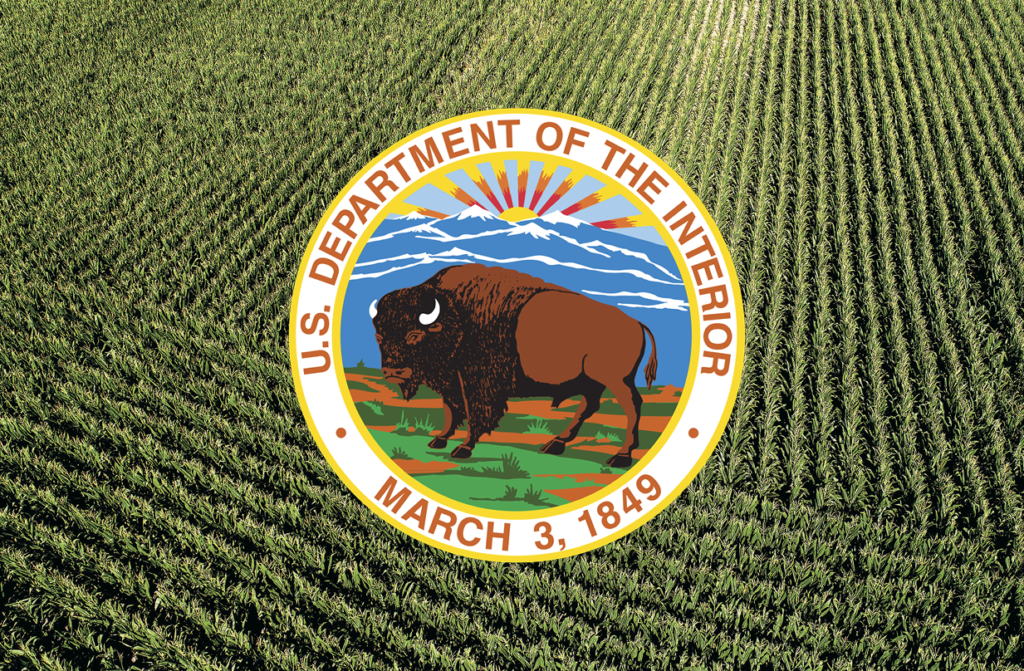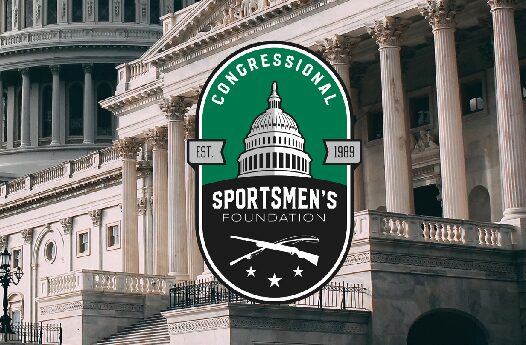Trump Administration Advances Everglades Restoration Through Leadership and Partnerships

FORT LAUDERDALE, Fla. – Immediately following President Trump’s Executive Order, Modernizing America’s Water Resource Management and Water Infrastructure, the newly formed Water Subcabinet began increasing coordination between Federal agencies and members of the South Florida Ecosystem Restoration Task Force to implement and complete the Comprehensive Everglades Restoration Plan (CERP).
The Water Subcabinet includes agencies that engage in water-related matters, including water storage and supply, water quality and restoration activities, water infrastructure, transportation on our rivers and inland waterways and water forecasting. The EO directs agencies to work together where they have joint or overlapping responsibilities, which effectively improves our country’s water resource management, modernize our water infrastructure and prioritize the availability of clean, safe and reliable water supplies.
The Task Force has provided water resources leadership for the interagency Everglades restoration effort since 1996. Chaired by the Department of the Interior’s Assistant Secretary of Water & Science Dr. Tim Petty, the Task Force includes senior officials from six additional federal agencies, five state and local agencies and two tribes.
“President Trump established this Water Subcabinet, so we could more effectively exchange information, coordinate restoration science and resolve conflicts,” said Dr. Petty. “Restoring the Everglades by improving water infrastructure, movement, quality and timing is a top priority.”
The Water Subcabinet and Task Force spent the week on the landscape to firsthand see the work being done and exploring ways to improve partnerships for effective implementation of the CERP. They also joined the U.S. Army Corps of Engineers and Florida Governor Ron DeSantis in breaking ground on a critical part of the Central Everglades Restoration Plan, the Central Everglades Planning Project – South Phase.
One of the Task Force’s primary goals is “getting the water right” by restoring the quantity, quality, timing and distribution of fresh water throughout the ecosystem. The Task Force reviewed progress made and challenges in implementing key components of the CERP and other priority Everglades restoration projects and programs, as well as the Everglades restoration program’s schedule moving forward.
“By establishing the Water Subcabinet, the Trump Administration took action to deliver practical results for the American people,” said White House Council on Environmental Quality (CEQ) Chairman Mary Neumayr. “CEQ looks forward to continuing to work with the Water Subcabinet to protect and restore important ecosystems like the Florida Everglades and improve our Federal water infrastructure, prioritizing access to essential water supplies for all Americans.”
“The Florida Everglades are a national treasure, and we are excited to witness the collaborative progress that is being achieved in South Florida,” said Environmental Protection Agency Assistant Administrator for Water David Ross. “EPA will continue to work with the Water Subcabinet to support our local, state, tribal, and federal partners in restoring this amazing ecosystem while enjoying the many economic, recreational, cultural and environmental benefits it supports.”
“The Trump Administration developed the Water Subcabinet in order to increase coordination and efficiency regarding the nation’s water resource issues, and that’s exactly what has happened here,” said Assistant Secretary of the Army for Civil Works Ryan Fisher. “One of the top three missions of the Civil Works program is ecosystem restoration, so breaking ground on the Central Everglades Planning Project and improving the distribution and flow of water to southern Florida is a great accomplishment for the Taskforce and the Subcabinet.”
“Strong partnerships are the key to conservation,” said USDA’s Under Secretary of Agriculture for Farm and Foreign Agricultural Services Bill Northey. “The establishment of the Water Subcabinet ensures better coordination across the federal family as we continue to support local farmers’ lead in Everglades restoration.”
“NOAA is proud to be part of a strong federal partnership working to restore the Everglades,” said retired Navy Rear Admiral Tim Gallaudet, Ph.D., assistant secretary of commerce for oceans and atmosphere and deputy NOAA administrator. “This ecosystem is shaped by when, where and how fresh water moves through it. The work of the Water Subcabinet and the Task Force will protect the Everglades, as well as other downstream resources such as coral reefs and seagrass beds that are vital to South Florida’s blue economy.”
“The Trump Administration has committed to improving the nation’s water infrastructure and security through the Water Subcabinet,” said Department of Energy Assistant Secretary for Energy Efficiency and Renewable Energy Daniel R. Simmons. “The Subcabinet’s work to restore the Everglades Ecosystem will improve national water infrastructure with sound environmental stewardship, and ultimately increase water delivery to South Florida residents.”
Background on Water Subcabinet:
The Trump Administration’s Water Subcabinet consists of six agencies who collectively manage and direct our nation’s water resources. Represented by agency officials at the assistant secretary/administrator-level, the Water Subcabinet is directed to coordinate and collaborate on cross-cutting issues impacting water supply, water quality, water infrastructure, water forecasting, flood control, water sector workforce and use. Water Subcabinet members include assistant and deputy assistant secretaries/administrators:
- Department of the Interior
- Environmental Protection Agency
- U.S. Department of Agriculture (Farm Production and Conservation)
- U.S. Army Corps of Engineers (Army Civil Works)
- Department of Energy
- Department of Commerce (National Oceanic and Atmospheric Administration)
The Water Subcabinet’s mission is to modernize America’s water infrastructure by facilitating coordinated water resource management across the Federal government including establishing, prioritizing, and overseeing water goals identified through increased communication and awareness with defined roles and responsibilities (One Federal Lead) across the Federal water space.
Background on CERP:
CERP is a complex series of projects with the goal of restoring America’s Everglades, ultimately improving 2.4 million acres of South Florida’s ecosystem, reducing high-volume discharges from Lake Okeechobee to the estuaries, improving water deliveries to Florida and Biscayne Bays, and enhancing water supply for users throughout the region. All these projects rely on each other, and today’s ceremony is to celebrate the latest step in the long process of Everglades Restoration – restoring the heart of the Everglades through the Central Everglades Planning Project to deliver more water south. CEPP has three phases and is integrated with the EAA Reservoir Project:
- Everglades Agricultural Area (EAA) will provide features to capture and store water, then release it when needed to the Everglades.
- CEPP-North adds ways to flow more water into the central Everglades.
- CEPP-South removes barriers to water flow and adds outlet capacity so that the central everglades can be connected to Everglades National Park through the Tamiami Trail bridges.
- CEPP New Water will provide seepage management features that will keep the new water inside Everglades National Park and allow increased flows to Florida Bay.
Without CEPP-South, the water captured by the EAA Reservoir and Stormwater Treatment Area would be unable to reach the right areas of Water Conservation Area 3B, The Everglades National Park and Florida Bay. Today’s ceremony celebrates the first contract awarded for CEPP South. The Corps awarded the CEPP South Contract 1 on September 25, 2020 for $40,502,895 to Kiewit Infrastructure South Co. from Omaha, Nebraska. The contract calls for the construction of culverts and a gap in the L-67A levee and backfilling an agricultural ditch just north of Tamiami Trail. Work on this project is expected to begin in November and be complete by end of 2024.
SHARE ON
You may also like
The role corn plays for gamebirds and economies ac...
Sportsmen’s conservation policy issues from publ...
Sportsmen’s conservation policy issues from publ...


























